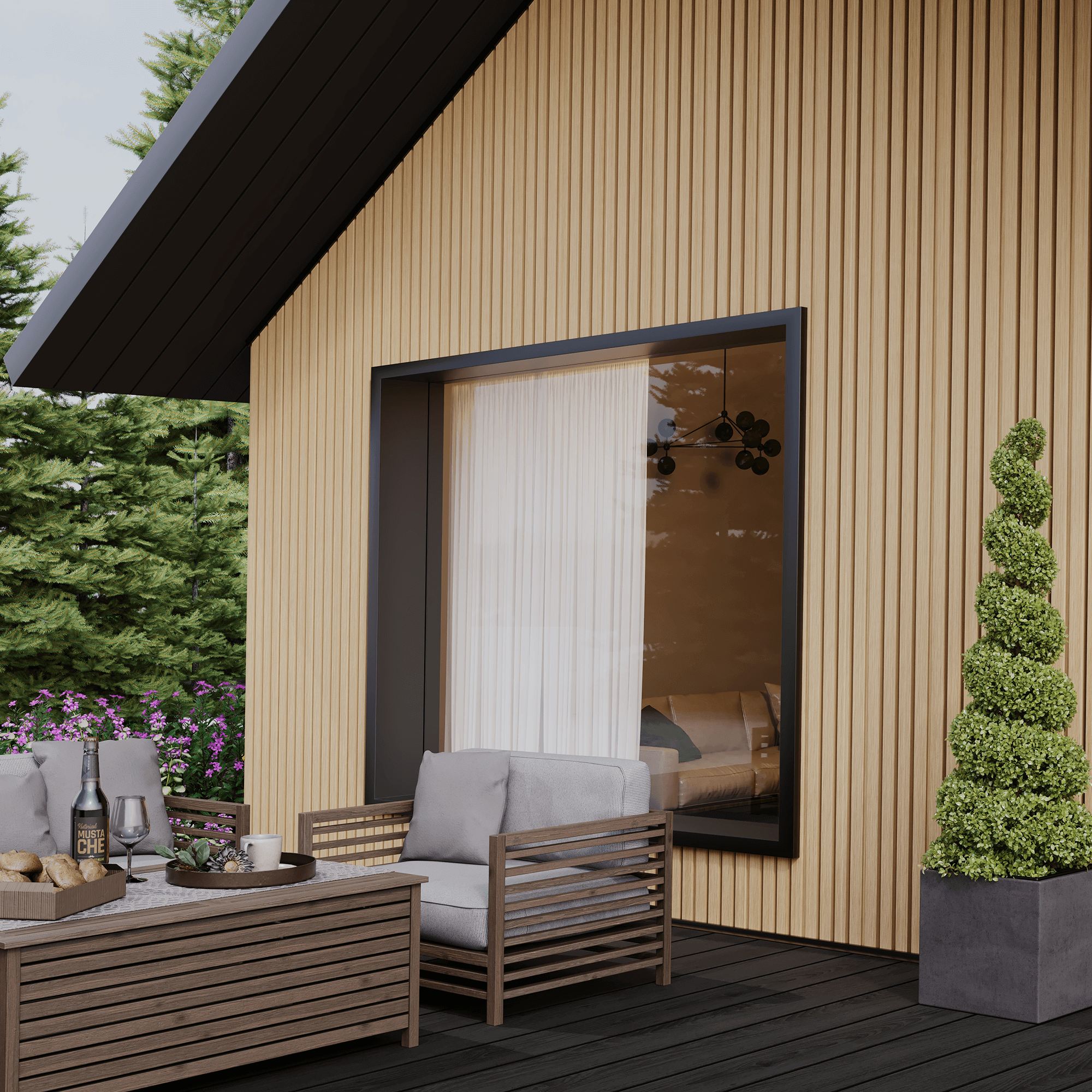
Do You Need Planning Permission for Cladding?
If you’re considering installing cladding on your home or in the garden, you’ve probably asked the question, ‘Do you need
Products in Stock
Lowest Prices
Express Delivery
10-Year Warranty
December Sale. Up To 15% Off.
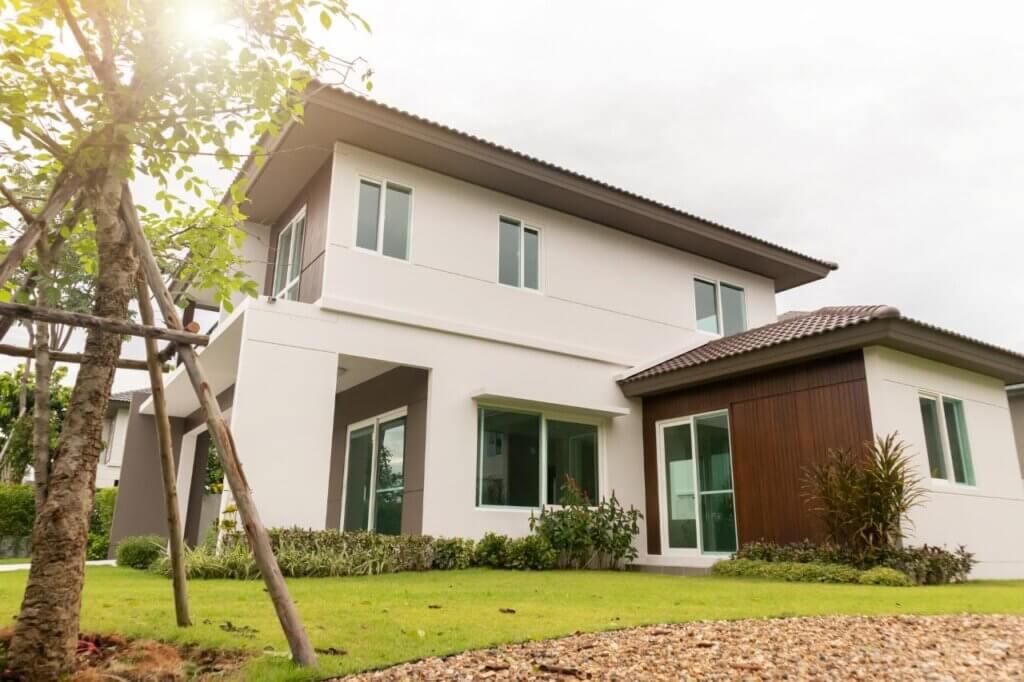
Thinking about giving your home a facelift? You’re probably weighing up whether to go for exterior cladding or a fresh coat of paint. And to be honest, it’s actually a bigger decision than most people realise. Both will change how your house looks, but they’re worlds apart when it comes to how long they last, the upkeep needed, and the final look. We’ve put these two options head-to-head so you can figure out which one makes sense for your property – so let’s dive in!
We always say that cladding is a bit like giving your house a new jacket. It’s a protective outer layer fixed to your walls, available in everything from timber and composite to vinyl, aluminium and stone.
Plus, cladding isn’t what it used to be. The stuff on the market now doesn’t just shield your walls – it helps insulate your home and can totally transform how it looks. When you clad your house, you’re basically giving it a complete makeover while sorting out practical issues at the same time. Which probably explains why more and more homeowners are checking out our exterior solutions for weather resistance to handle the mood swings of British weather.
Exterior painting is what most of us know – slapping weather-hardy paint on your outside walls. It’s stuck around because it’s straightforward and gives your house a quick refresh without major hassle.
Today’s exterior paints aren’t your grandad’s whitewash. They’ve come miles – better against sun damage, rain and general wear. Planning to paint? You’ll need to think about getting the walls ready properly, whether you need primer, and picking the right paint for your brickwork, render or whatever else you’ve got out there.
Let’s be honest – quality cladding outlasts paint by miles. Paint jobs typically need redoing every 5-7 years (even sooner if you live somewhere with nasty weather). Good cladding? That’ll keep going for 30+ years without much fuss.
The difference hits you hardest if you’re near the coast or somewhere with proper weather extremes. Paint just takes a battering. Worth thinking about the long game when you’re deciding – it’s not just about looks but how often you’ll be getting the ladder out or paying someone else to do it.
Cladding absolutely wipes the floor with paint when it comes to standing up to weather. Modern systems basically create a shield around your house, keeping out rain, wind, sun damage and temperature swings.
Sure, today’s exterior paints are tougher than they used to be, but they’re still the weaker option when Mother Nature gets nasty. Walk around any coastal town and spot the difference – painted houses showing patches of peeling and fading while the clad ones next door look fresh. Getting familiar with some maintenance tips for your home’s exterior will help whatever option you choose last longer.
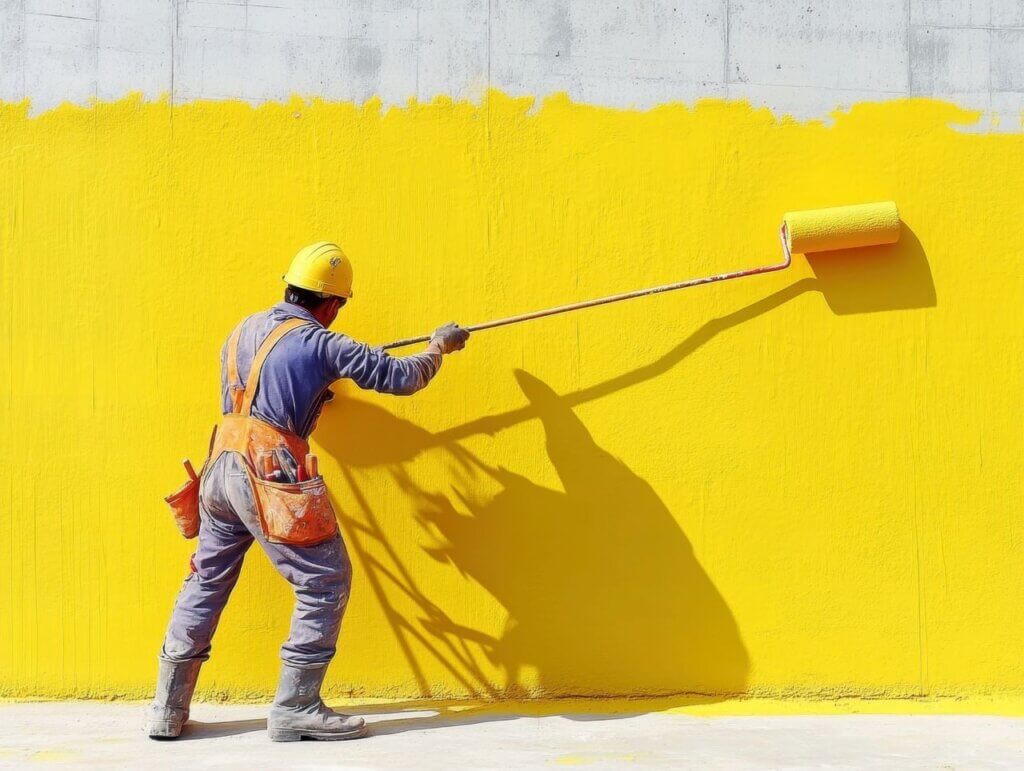
Both give you plenty of style options, but in different ways. Paint’s obvious advantage? Endless colour choices. Fancy lime green this year and navy blue next? No problem (though your neighbours might have opinions).
Cladding brings something paint can’t touch – texture and depth. There’s something about the way timber cladding catches the light, or how stone cladding creates shadows and dimension. Paint just sits flat on the wall. Cladding makes a statement – especially when you mix materials or go for something contemporary. It’s the difference between 2D and 3D for your house.
Maintenance? Night and day difference. Quality cladding like ours basically takes care of itself. You might give it a wash with soapy water once a year to keep it looking fresh, but that’s about it.
Paint is the high-maintenance partner in this relationship. You’ll find yourself regularly checking for cracks, peeling or bubbling, then scrambling to sort them before water gets in and makes things worse. Touch-ups become a familiar weekend job, and before you know it, you’re planning another full repaint because patching just isn’t cutting it anymore.
How they go on also couldn’t be more different. Painting’s pretty straightforward – prep the walls, maybe a day or two of primer and paint, job done. Even big houses rarely take more than a week.
Cladding is a proper project; there’s battening to sort, waterproofing layers, cutting and fitting the cladding itself. It can take weeks rather than days. Might need structural checks first too. But then again, you’re getting something way more substantial for your money.
No surprises here – painting wins on upfront costs. Tight budget? Paint’s your friend. Expect to pay a fraction of what cladding would cost you.
But hang on – look at the bigger picture over 10-20 years and things flip. Cladding costs a packet upfront but then just sits there doing its job for decades. Meanwhile, you’re repainting every few years, costs mounting up. We see it all the time – people who plan to stay put work out that cladding actually saves them money in the long run.
Cladding’s big wins? Tough as nails, laughs in the face of British weather, and adds proper insulation that might knock a few quid off your heating bills. Plus you get a look that makes your house stand out on the street.
The bad bits? You’ll wince at the initial price tag, and installation isn’t a quick weekend project. Also worth remembering you’re stuck with the look for quite some time – you can’t just change your mind and slap on a different colour like with paint.
Paint’s strong points? Dead cheap compared to cladding, and you’ve got the rainbow at your fingertips. The whole process is less faff, and you can change your mind about colours when you get bored.
The downsides? It just doesn’t last. You’ll be back up that ladder (or paying someone to go up it) far sooner than you’d like. And you’ll develop a weather-watching habit, wincing every time there’s a storm because you know you’ll be inspecting for damage afterwards.
Go for cladding if you’re playing the long game – want something fit-and-forget that’ll protect your walls properly. It’s a no-brainer if your house gets battered by coastal weather or you’re after a complete transformation.
Paint makes sense when money’s tight or if you’re the type who likes switching things up every few years. Got a period property with lovely original features? Paint’s probably the way to go – less invasive and keeps the character intact.
Look, there’s no single right answer here. Both have their place. Your call comes down to how much cash you’ve got now, how hands-on you want to be with maintenance, and what look you’re after.
Don’t just think about next month – consider where you’ll be in five or ten years’ time. What seems cheaper now might not be in the long run. Worth chatting to a few specialists before you decide – they can look at your specific house, your local weather patterns, and give you advice that actually makes sense for your situation. As we always say, different houses need different solutions.
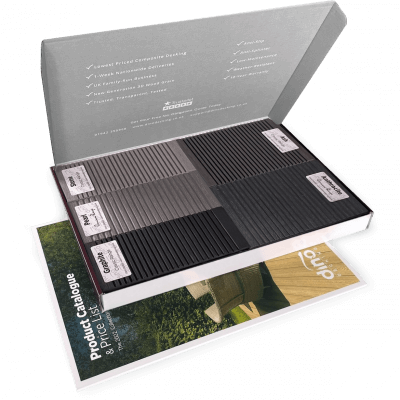
Our sample pack contains a sample piece of each colour currently available. Order your free sample pack today to compare the colours and get a true feeling of the Dino Decking range!

If you’re considering installing cladding on your home or in the garden, you’ve probably asked the question, ‘Do you need
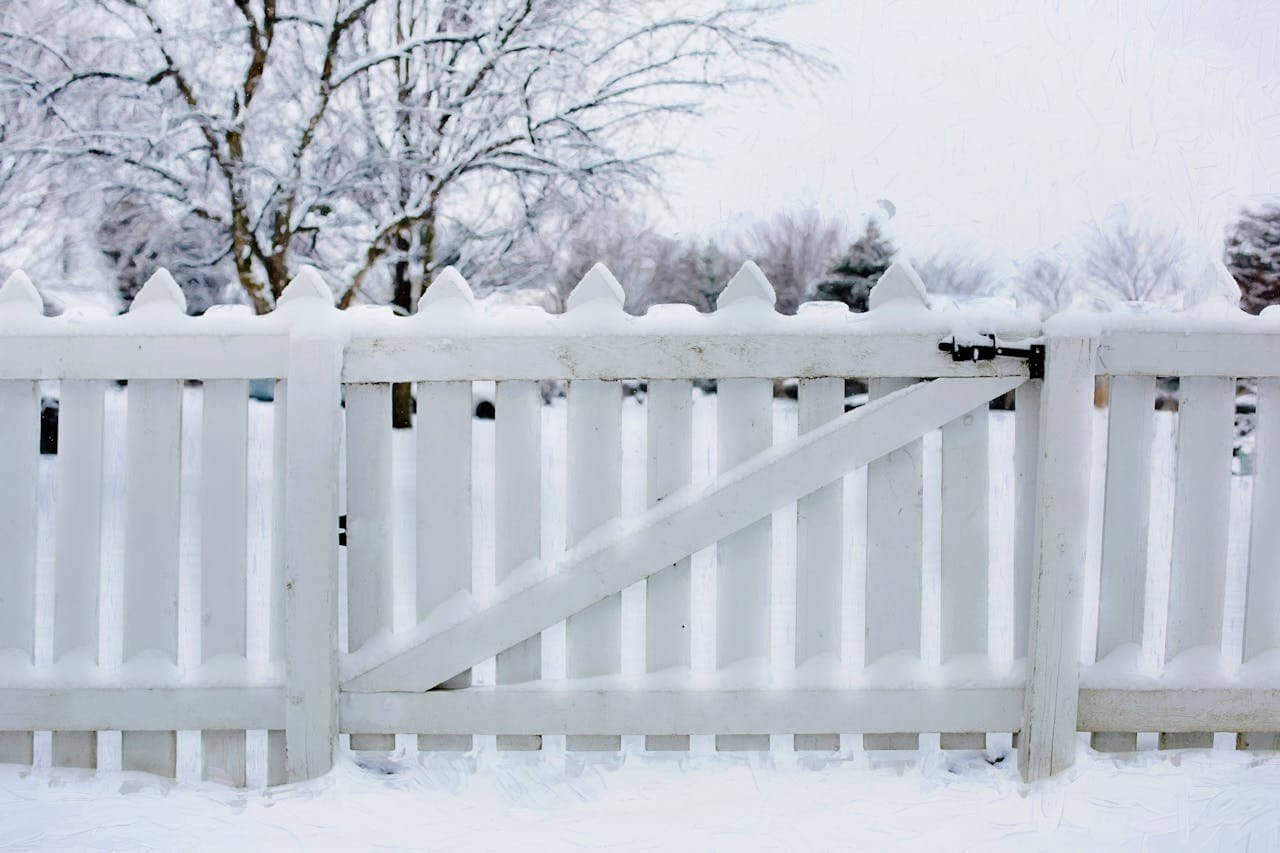
If you’re looking to go all out this festive season, you might be looking for some fantastic Christmas garden ideas